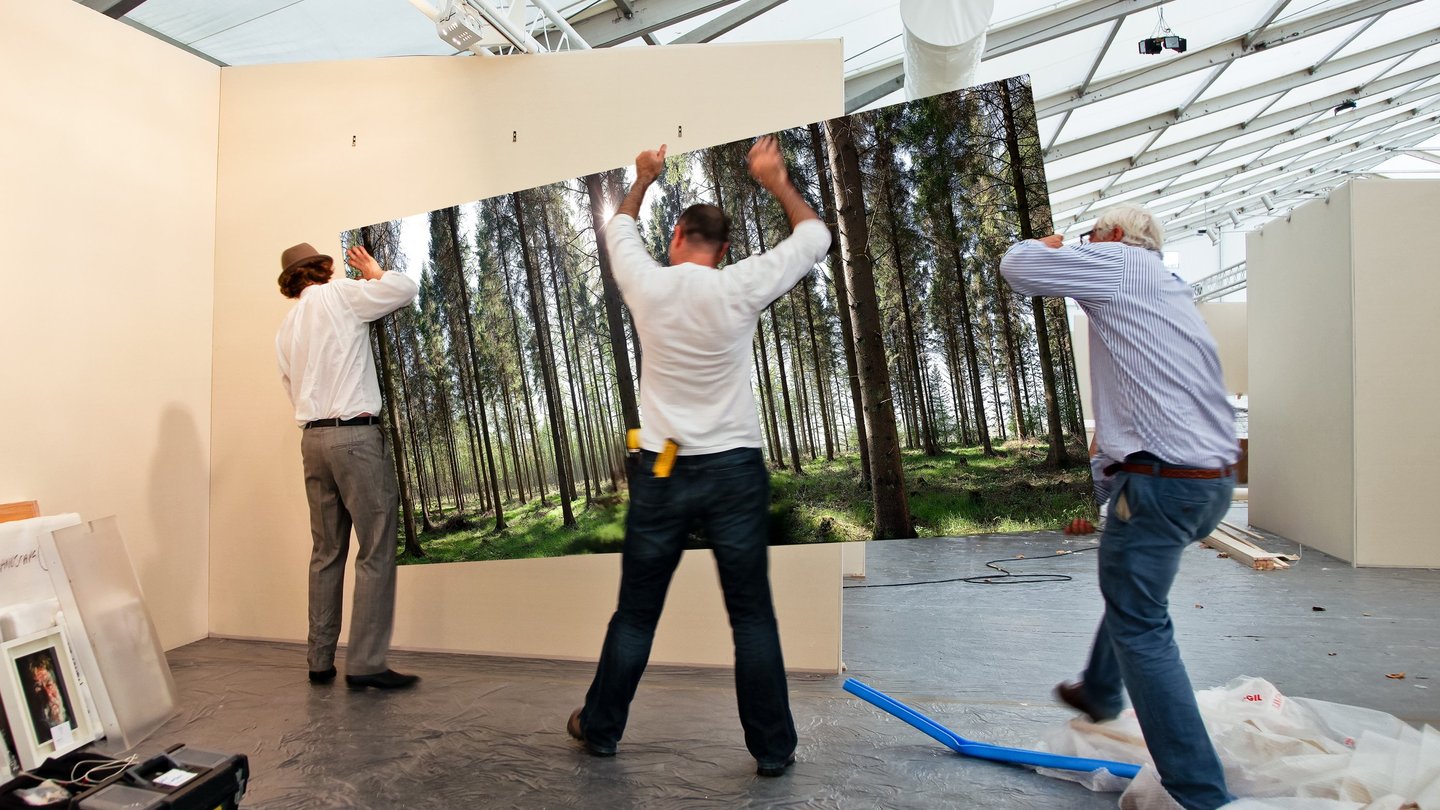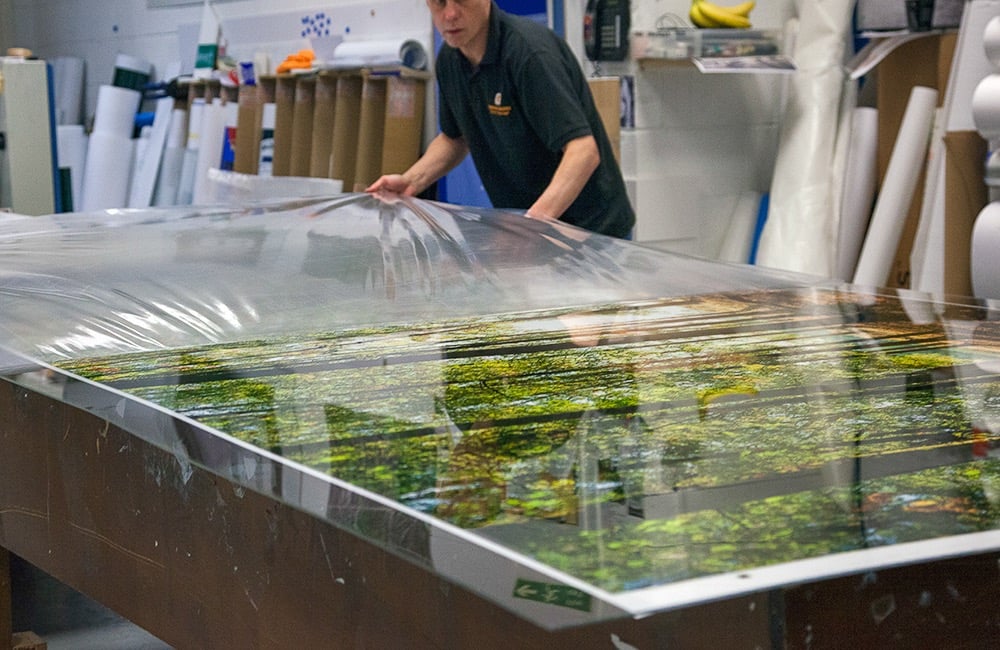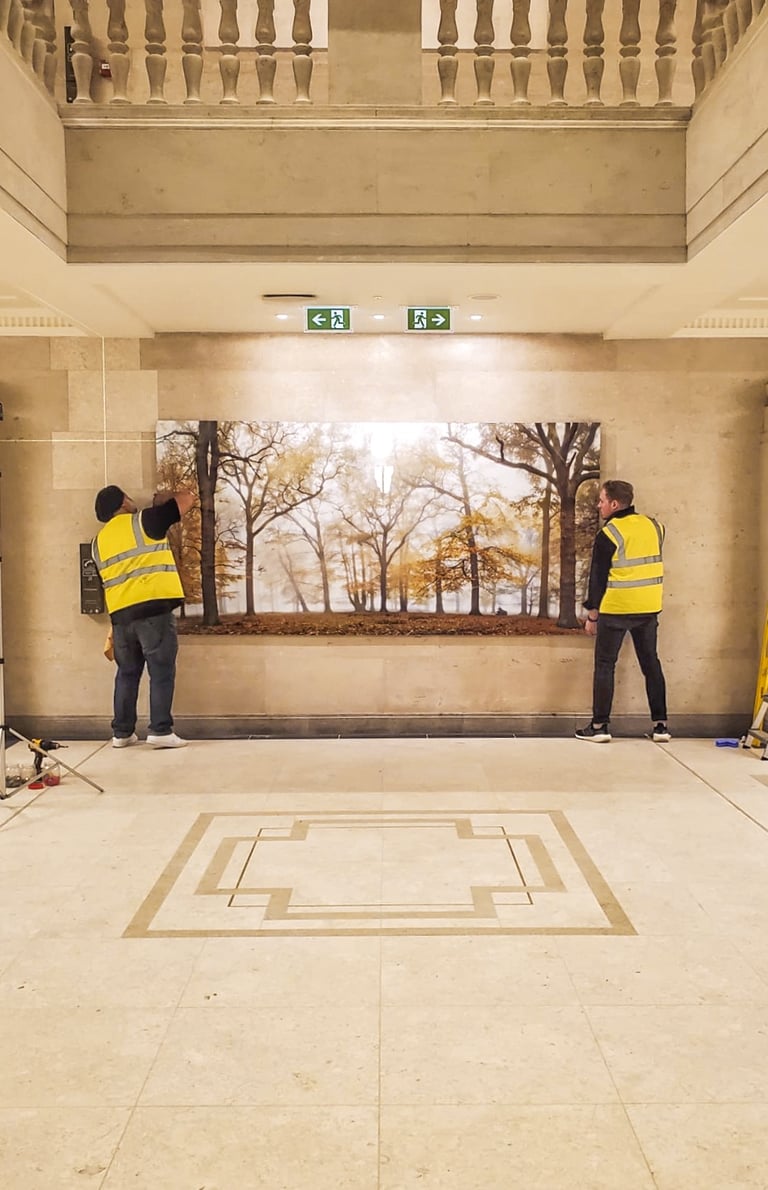

Guarantee
To protect your investment, I would like to make a few suggestions. These are only guidelines and it is your choice as to how and where you hang your artwork. Please note if your Artwork is damaged in anyway and for any reason I will endeavour to provide you with a replacement print or a replacement finished artwork at cost. In the event of loss or damage I would need proof the work has been destroyed (piece of the artwork itself cut from the centre of damaged picture) and proof of purchase, (usually a copy of invoice) and the title of work and edition number.
The most important concern for your artwork is where you decide to hang and display it. Avoid hanging artwork in direct sunlight or directly above working fireplaces or radiators. Regarding temperature and humidity avoid hanging or storing artwork in areas that experience wide temperature fluctuations or have high humidity. The best method of displaying your artwork is to hang it in a bright area on a wall which is not opposite or exposed to direct sunlight. Ambient light gives the best results however if you do have to use lights avoid spots lights or any harsh lights, instead use soft LEDs to light the whole space & avoid directly pointing lights at the artwork.
Wilhelm Research publishes reports on colour/longevity of all traditional and digital photographs. It’s been suggested the finishing process I use could preserve my work for up to 176 years. These studies are usually the maximum life and are based on strict controls over humidity atmospheric conditions as well as avoiding UV degradation or oxidation, which basically means keeping your artwork in a climate controlled darkroom at the extreme end of the scale!
More . . .
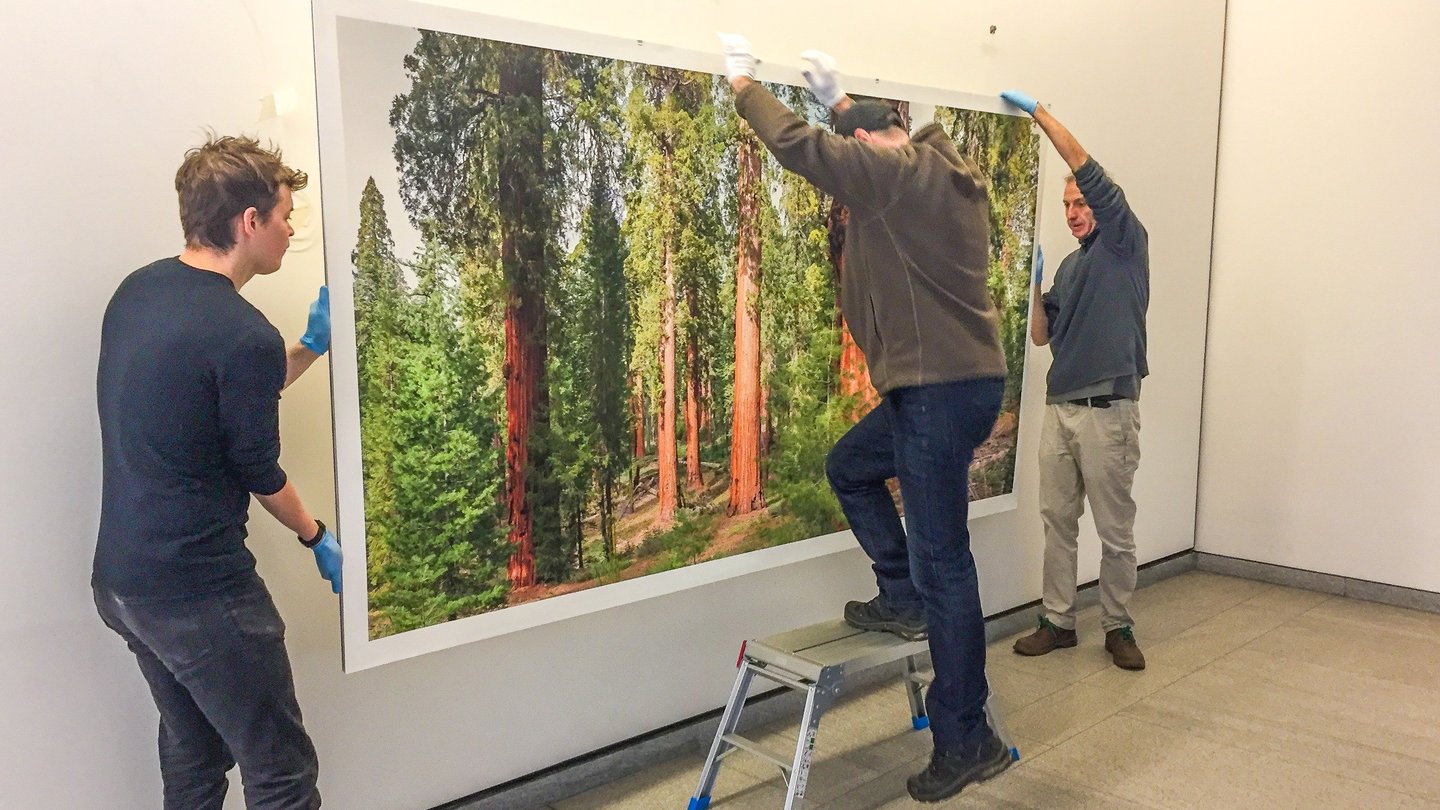

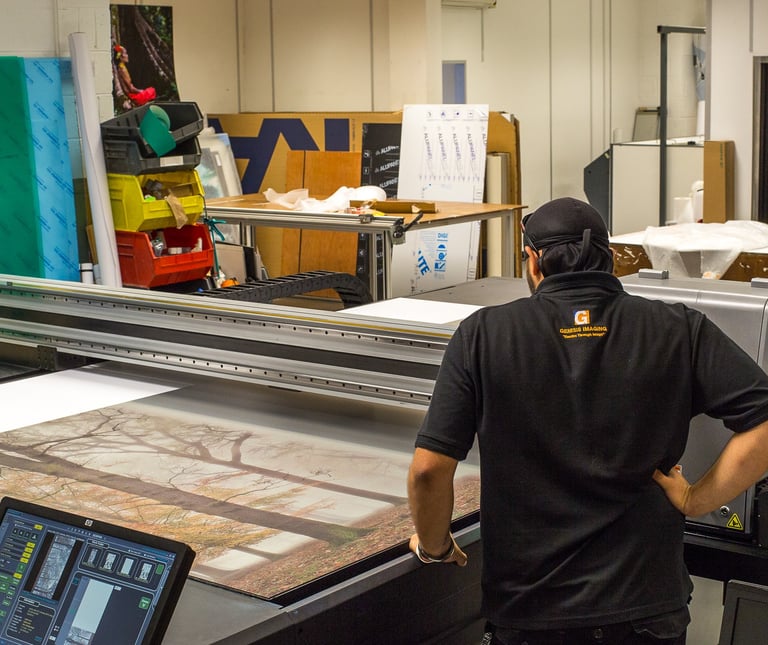

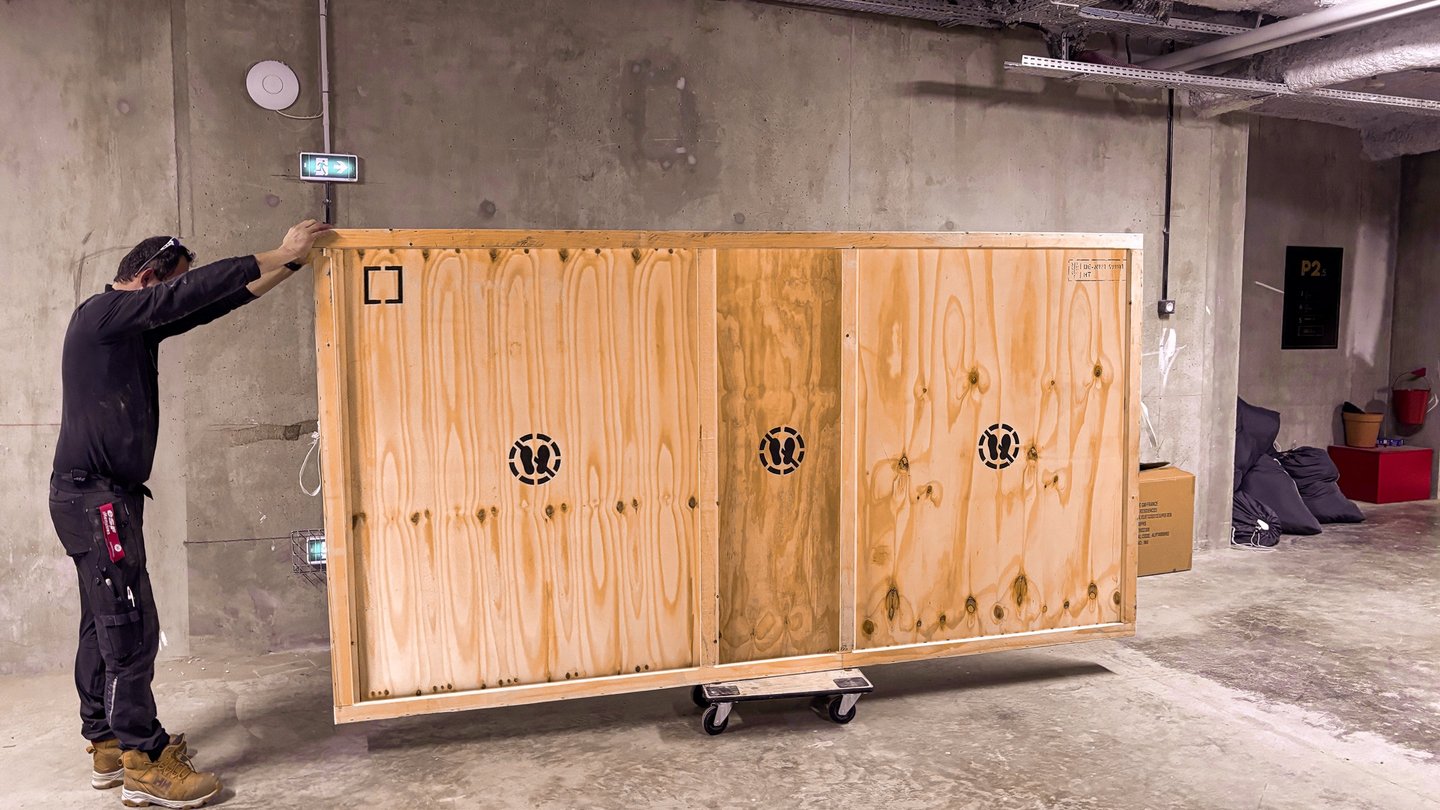

Gentle handling is the key, use furniture polish such as Pledge® to bring out the shine or use mild soap and damp sponge to clean tougher marks. If Acrylic is stored horizontally it must not be allowed to sag and should not be stored nearheat sources, as heat can deform the acrylic. Again avoid high humidity environments and ideally store work in the dark.
Do not use products containing gritty abrasives such as glass cleaner. Do not scrub or use brushes. Do not clean acrylic while in the hot sun or at elevated temperatures. Using the wrong cleaner can cause damage to acrylic blocks which can appear within minutes or be delayed over weeks or even months.
Damage: Although resistant to abrasion, an occasional scratches can occur. These can be improved by using Pledge® or for more noticeable scratches rub lightly with Brasso® and then polish with pledge to bring up the shine. In somecases the artwork may need to be returned to the finishers again this can be arranged at cost.
More . . .
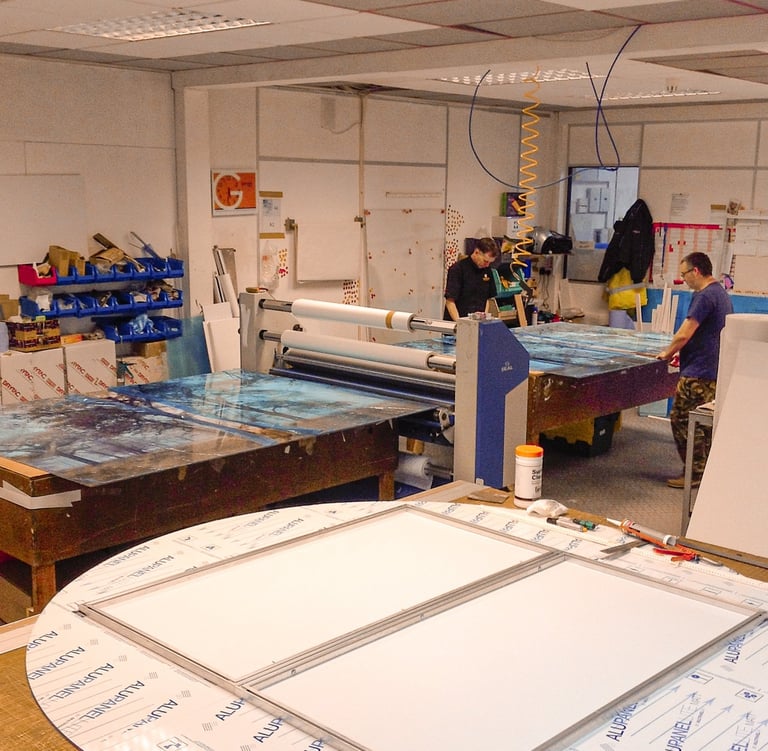

N.B. My work is only suitable for indoor exhibition, it is not suitable for out-buildings or on any walls that are breathable* or not fully insulated. *Lime & Mortar is particularly porous, this porosity allows it to be highly breathable, enabling air and moisture to pass through.
Inkjet paper is hygroscopic, meaning it readily absorbs or loses moisture depending on the surrounding humidity.
Adhesive used in face-mounting can equally be affected by humidity or moisture and is only rated for 1 year outdoors.
Acrylic, being a thermoplastic material, can also warp or deform under extreme heat which would put stress on the inkjet paper and adhesive used to in acrylic mounting.
While acrylic mounted prints are generally moisture-resistant and suitable for humid environments prolonged exposure to high humidity and extremes in temperature will lead to condensation or potential degradation of the mounting materials over time.
Proper care avoiding excessive heat and maintaining moderate humidity levels is essential to preserve the structural integrity of acrylic mounted pictures.
Acrylic mounted pictures are intended for indoor use in controlled environments.
